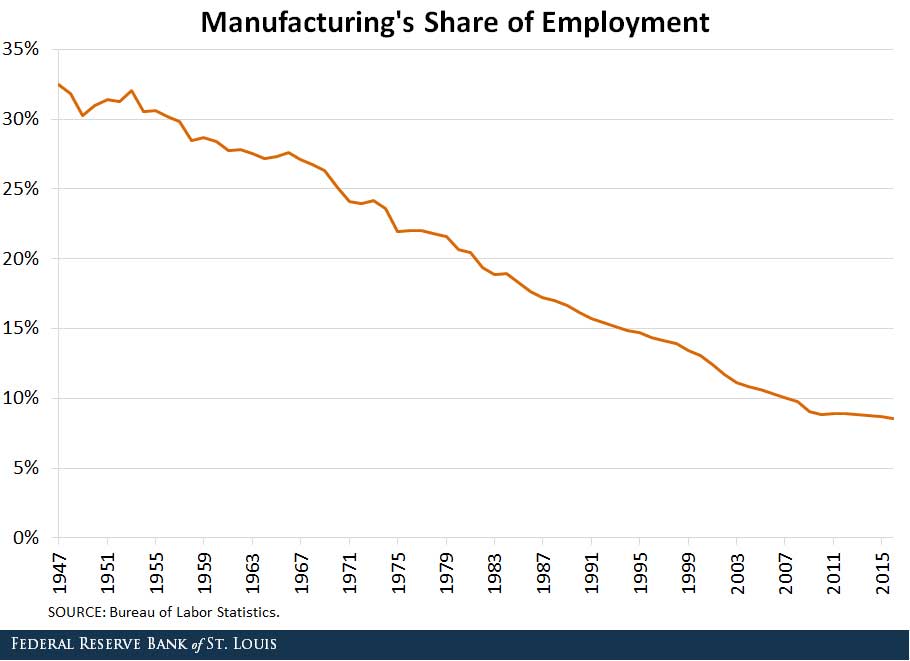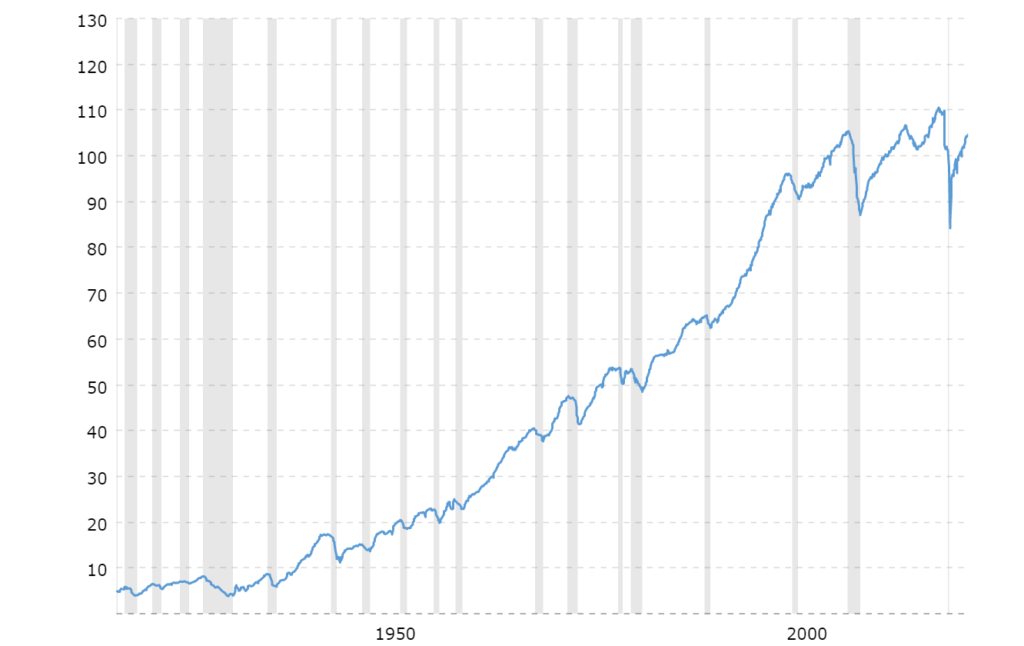Donald Trump was elected president in 2016 based on his “America First” platform. It’s three main planks were cracking down on illegal immigration, ceasing “endless wars” overseas, and economic nationalism. That last plank posited that “terrible trade deals” like NAFTA (1994) and allowing China into the WTO (2000) had hollowed out America’s manufacturing base, outsourcing the output and the high-paying manufacturing jobs to China and other
lower-cost labor markets.
This assertion has no basis in reality, as the two charts below clearly show, but it was a big part of his appeal to Middle Americans. Trump promised to withdraw from the trade deals and use tariffs to bring manufacturing and manufacturing jobs back within American shores.

Industrial Production - 100 Year Historical Chart

The most curious aspect of this now-hoary populist canard was that it was sold a being pro-American worker. Tariffs weren’t going to simply make America as a whole
more autarkic, or benefit business owners who otherwise could not compete with foreign manufacturers. It was going to benefit the so-called “working class” by bringing back higher paying jobs.
This is ironic because tariffs have historically been considered a transfer of wealth from the working class to big business. The original argument for an income tax was precisely to remove the burden of higher prices for consumer goods from the working class and shift some of the tax
burden to big business. This was the case for the first peacetime federal income tax passed (and later found unconstitutional by the Supreme Court), the Wilson–Gorman Tariff Act.
Read the rest on Tom's Patreon...
Read the rest on Tom's Substack...
Don't forget that I'll be exhibiting at the Libertarian Party of New York State Convention this weekend
(September 17-18) at the Sheraton in Niagara Falls, NY. If you're attending, please stop by my table!
As always, thank you to all of you supporting my efforts here at Tom Mullen Talks Freedom.
Tom